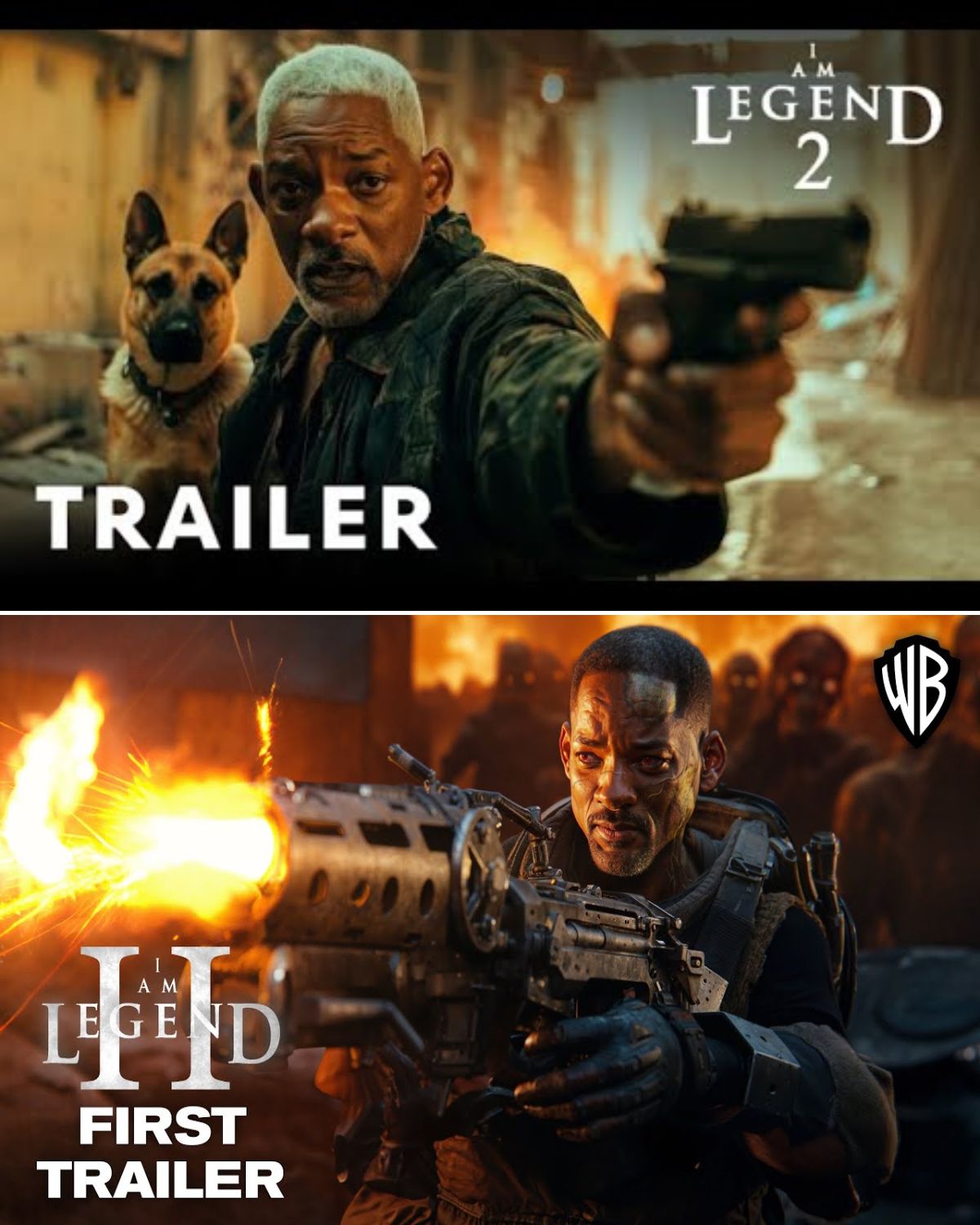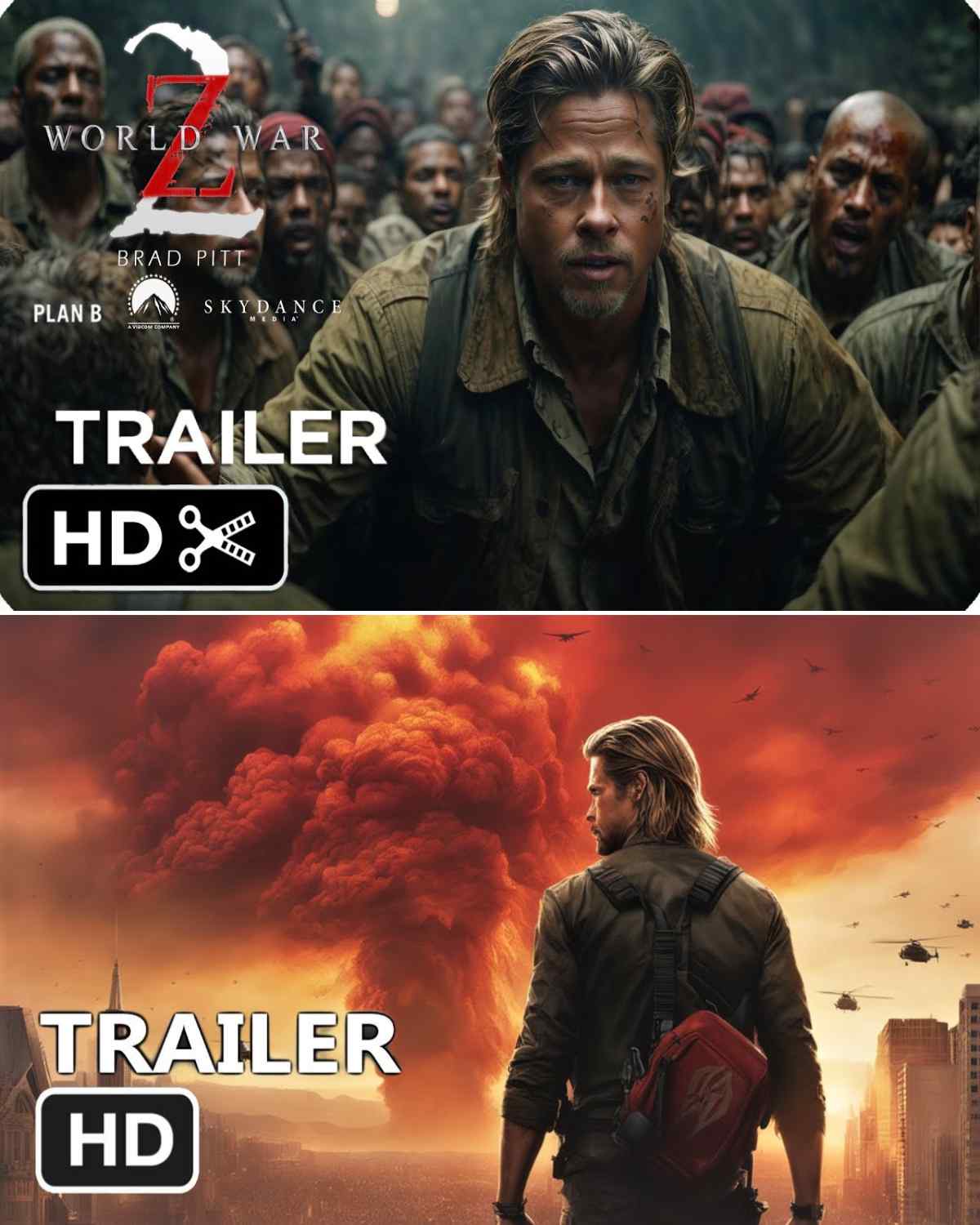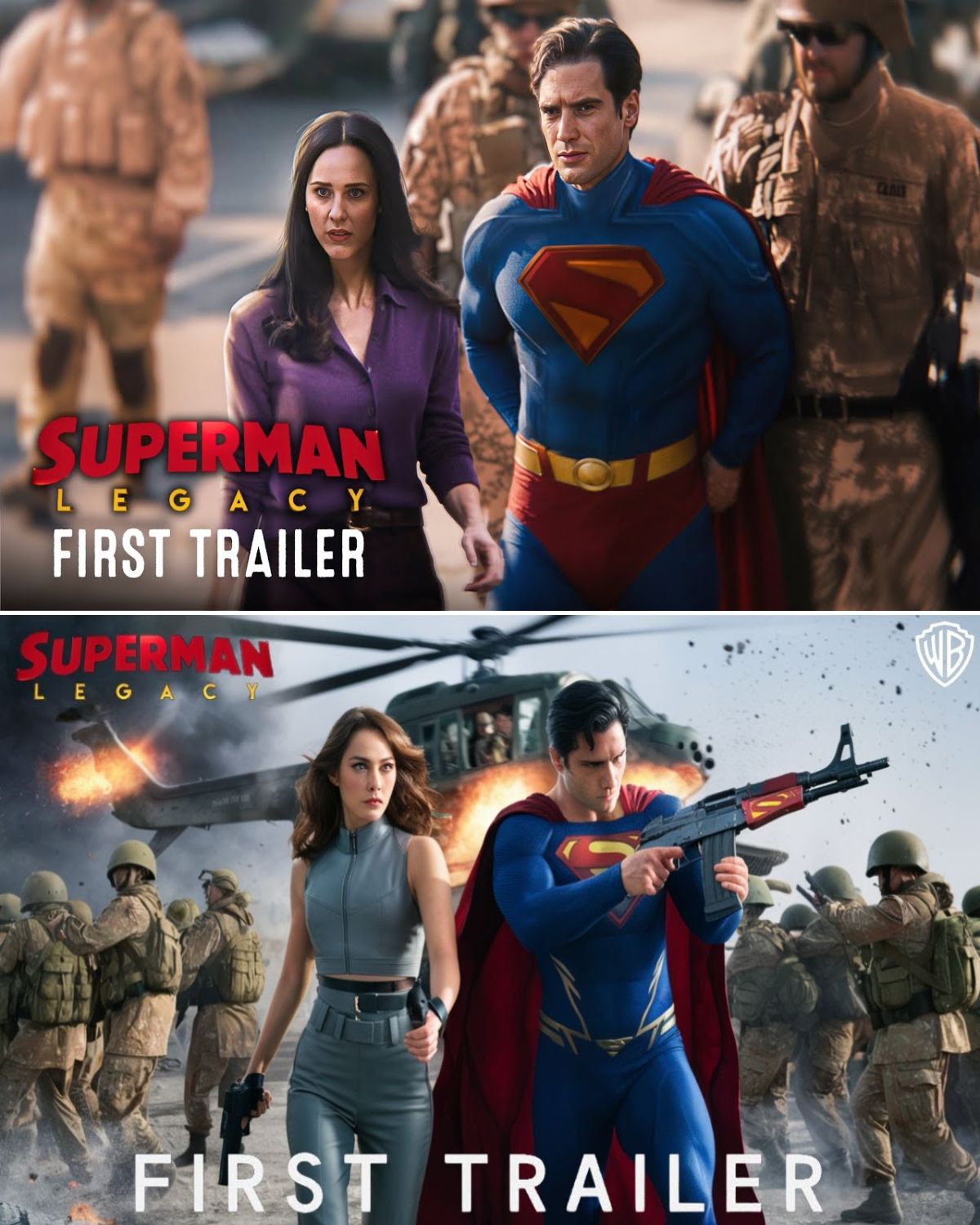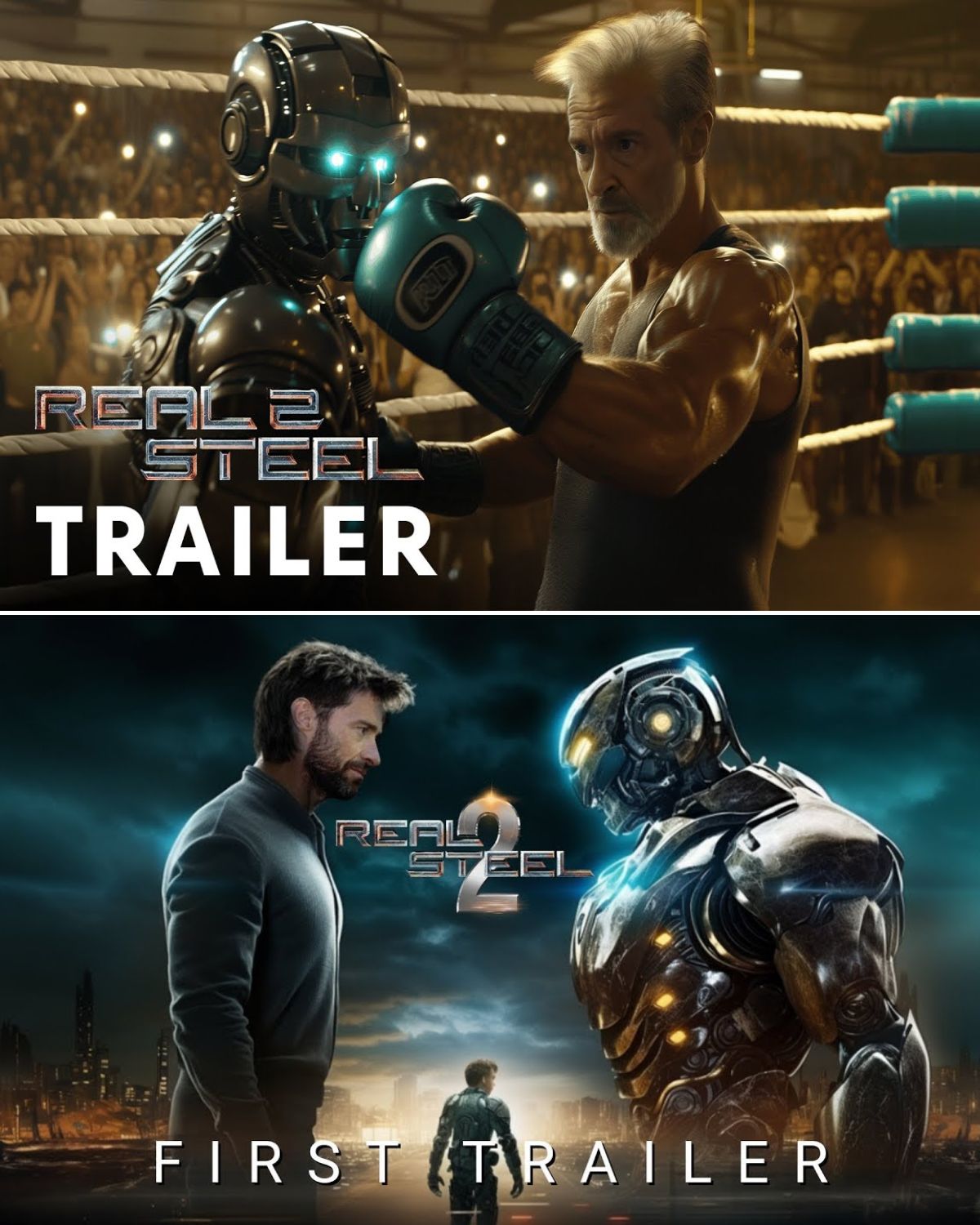Official production notes detail the Eyeline Studios approach to filming the actors with volumetric capture.

When The Flash was released, befores & afters showcased an official behind the scenes featurette that highlighted the work of Eyeline Studios (part of Scanline VFX) for the film using their bespoke volumetric capture and LED wall set-up.
Now Warner Bros. has released some official production notes for Aquaman and the Lost Kingdom that highlight how the actors in that film were filmed with a similar set-up, the idea being to capture performances and then craft digital actors, where necessary, to place in underwater scenes.
Here’s the direct details from those production notes, below.
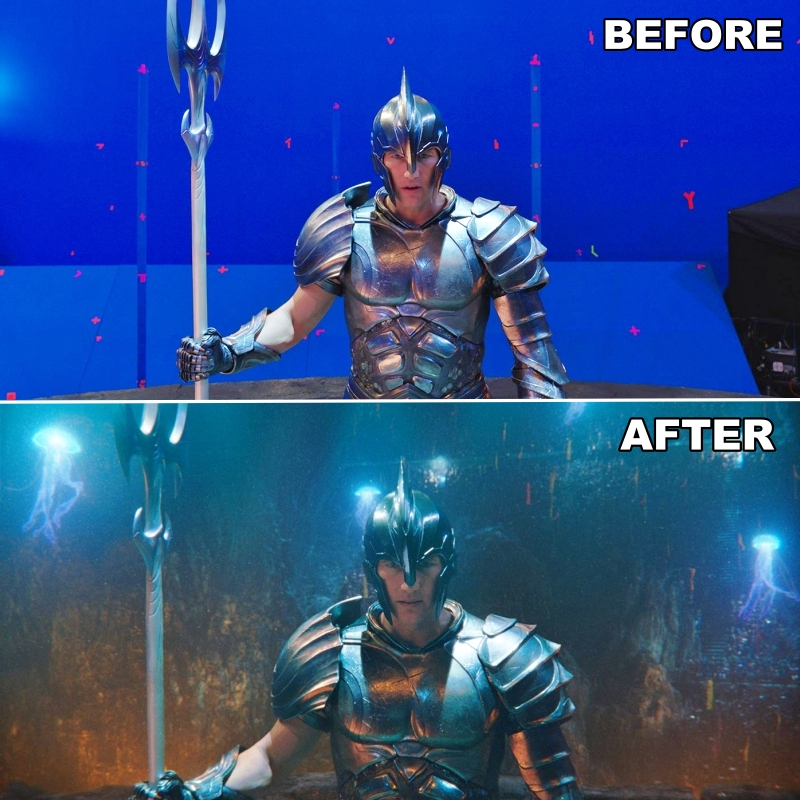
For shooting underwater sequences in the original film, filmmakers relied upon bluescreen stages and harnessed actors held aloft by “tuning fork” framing. Though final results proved impressive, the method was uncomfortable for the cast and limited Wan’s camera position and moves.
For the sequel, the VFX team used a whole new approach to liberate both the cast and the camera. Utilizing Eyeline Studios—brand-new, groundbreaking technology—Wan and his team were able to create a 360-degree aquatic world.
Eyeline Studios utilizes a specially-created circular booth with 136 cameras in fixed positions—from foot level to above the head—encircling the actor. The actor performs in the center of the booth in full costume, wearing a headband of sensors that will enable the creation of their hair flowing underwater by VFX. The booth is just large enough to bring in a mechanical horse, to capture the cast riding various VFX sea creatures.
Inside the booth, the actor can see a 360-degree plasma wall displaying the visuals for the scene. Outside the booth, fellow cast members perform to cameras that capture their facial performance and superimpose them on their corresponding avatars on the plasma screens inside the booth.
The new method allowed the actors to be free in their movements and to react to each other’s performances—it also allowed Wan complete freedom of camera position during the VFX post-production process.
The footage captured from the Eyeline sessions was then combined with scenes filmed on bluescreen and painstakingly knitted together with VFX-created avatars, sets and sea creatures. The final result? Atlanna and Mera sit astride sharks and Arthur is saddled on his giant seahorse, Storm, all while battling Black Manta in the heart of Atlantis, through areas never seen onscreen before: the bustling residential quarter, the “Times Square” of Atlantis and down into the depths of the city’s ancient storage.
